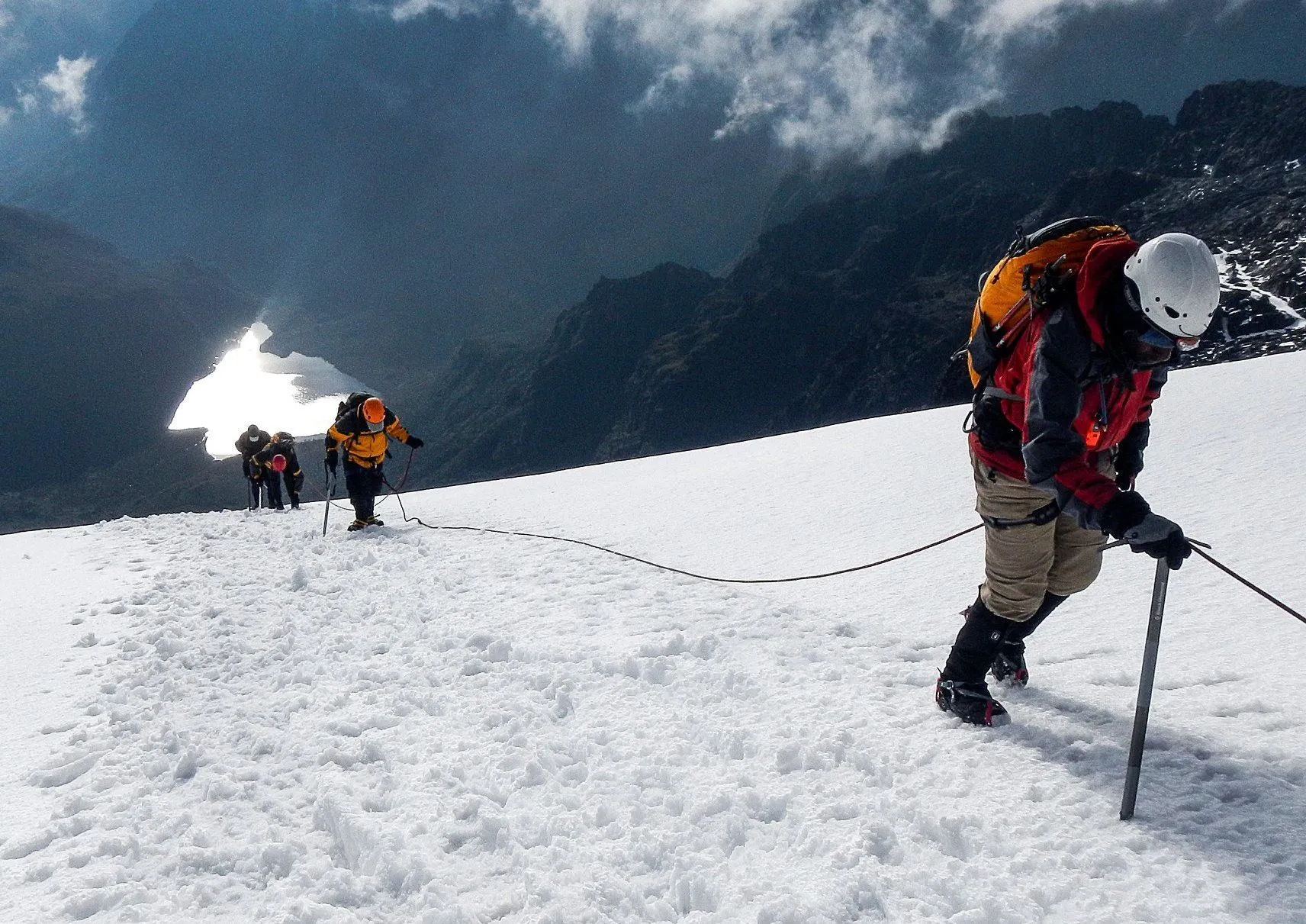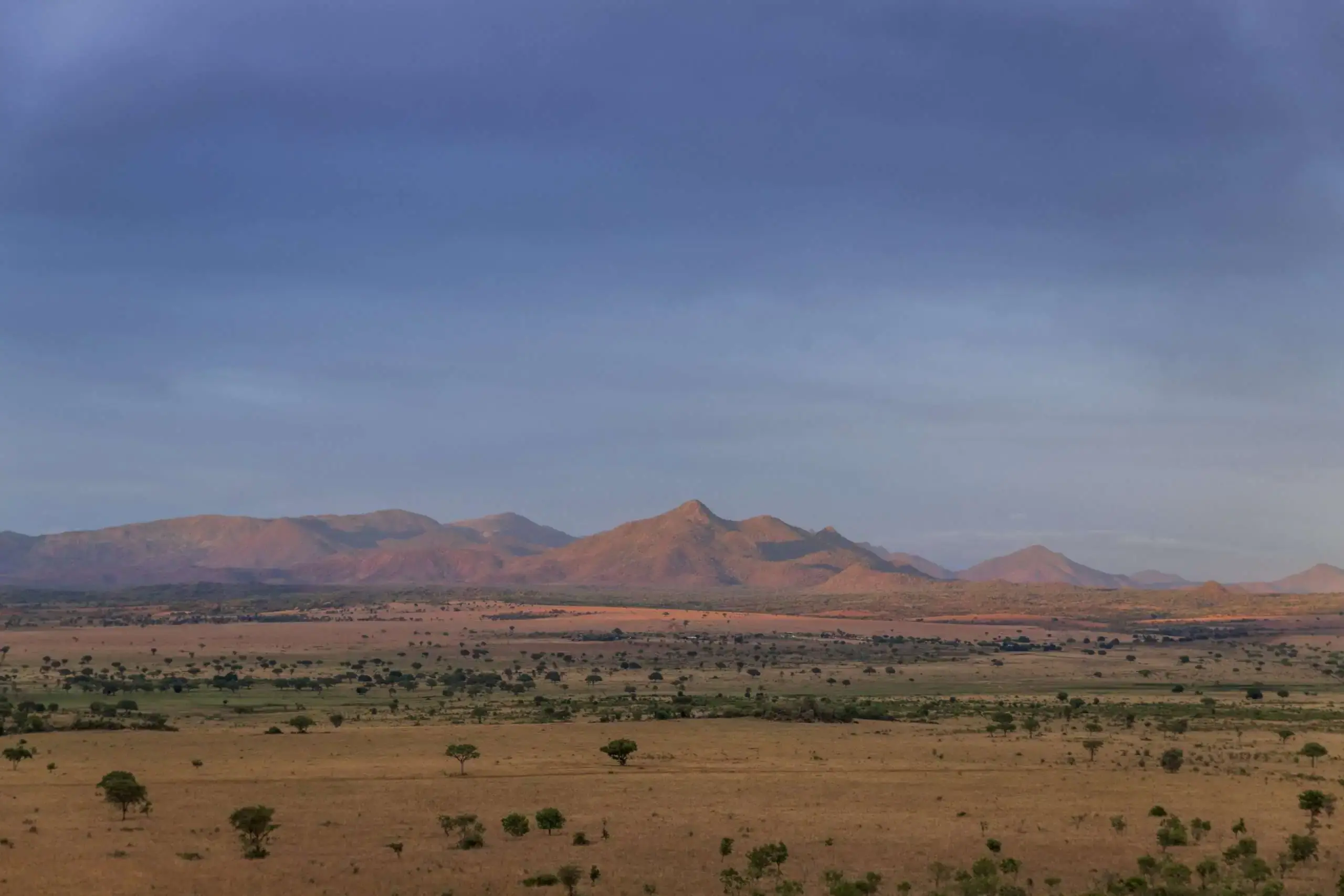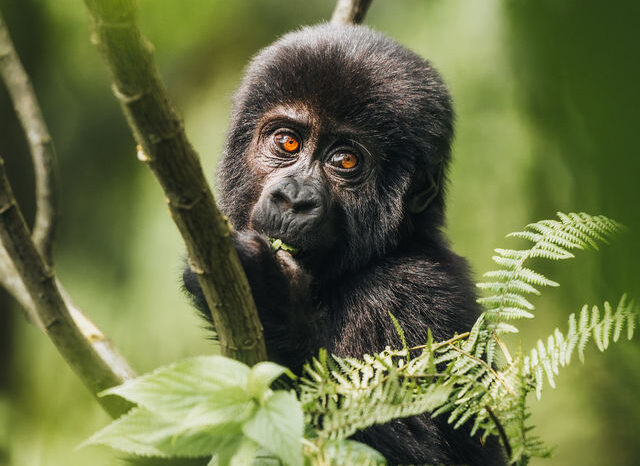When planning your Uganda safari adventure, one of the first questions that comes to mind is: “What’s the weather like in Uganda?” It’s an excellent question — because Uganda’s climate plays a big role in shaping your experience, from wildlife sightings to gorilla trekking conditions and even the landscapes you’ll explore. Uganda lies right along the equator, giving it a generally warm and tropical climate all year round. Unlike many destinations with extreme seasonal changes, Uganda enjoys relatively stable temperatures throughout the year, thanks to its equatorial position and lush, green environment. The country experiences two main seasons — the dry season and the wet season — but the differences between them are not as drastic as in many other parts of the world. In this guide, we will walk you through everything you need to know about Uganda’s weather and climate — from rainfall patterns and temperature ranges to the best time to visit for different safari activities.

Uganda’s Climate
Uganda enjoys a tropical climate that varies by region, influenced by altitude, lakes, and topography. Despite being on the equator, the country’s high average elevation (around 1,200 meters above sea level) keeps it pleasantly moderate — never too hot or too cold.
Daily temperatures typically range between 20°C and 27°C (68°F–81°F), with cooler mornings and evenings. Minimum temperatures average around 18°C (64°F) but can drop to 12°C (54°F) in the highlands.
The warmest areas are found in northern Uganda, while the coolest lie in the mountainous regions such as the Rwenzori Mountains and the Virunga Volcanoes in the southwest.
Rainfall and Seasons in Uganda
Rainfall is the biggest factor shaping Uganda’s climate. Most parts of the country receive between 1,000 mm and 2,000 mm of rainfall annually, creating lush vegetation and supporting its famous wildlife. However, the amount and timing of rainfall vary depending on where you are.
The Wet Seasons
March to May – The Long Rains
This is Uganda’s primary wet season. Expect frequent and sometimes heavy showers, especially in the central, western, and southern regions. The rainforests of Bwindi Impenetrable National Park and Kibale Forest National Park can see substantial rainfall, making trails muddy but incredibly lush and green.
September to November – The Short Rains
The second wet season is generally milder than the first, with shorter showers and more breaks of sunshine. This period is excellent for photography and birdwatching, as migratory species arrive, and the landscapes are vibrant with new life. Rain in Uganda typically falls in short bursts — heavy downpours followed by clear skies — so even during wet months, you can enjoy plenty of outdoor activities.
The Dry Seasons
December to February – The Long Dry Season
This is considered one of the best times to visit Uganda. Days are warm and sunny, roads are more accessible, and wildlife congregates around waterholes, making it easier to spot animals in national parks like Queen Elizabeth, Murchison Falls, and Kidepo Valley. It’s also an ideal time for gorilla trekking in Bwindi and Mgahinga, since the forest trails are less slippery.
June to August – The Short Dry Season
This is another excellent period for safaris. While occasional light showers can occur, most days are dry and comfortable. This season is particularly good for game drives and chimpanzee tracking, and it coincides with the European summer holidays — making it a popular time for travelers.

How Altitude Affects Uganda’s Weather
Uganda’s landscape is incredibly diverse — ranging from mountains and plateaus to lowland savannas and crater lakes. These altitude differences create noticeable local variations in climate:
- High-altitude regions (like the Rwenzori Mountains and southwestern highlands) are cooler, with crisp mornings and evenings — perfect for hikers and nature lovers.
- Low-lying areas in northern Uganda and around the Albertine Rift Valley are warmer and drier.
- The central plateau, where Kampala and Entebbe lie, enjoys a pleasant, moderate climate year-round.
This variation means you can experience different microclimates within just a few hours’ drive — one of the things that makes Uganda such a fascinating destination.
The Influence of Lake Victoria
Lake Victoria, the largest freshwater lake in Africa, plays a major role in moderating Uganda’s climate. The lake influences rainfall patterns, especially in the southern and central regions, by increasing humidity and creating local rain showers. It also helps keep temperatures more stable — preventing the extremes of heat or cold found elsewhere in East Africa.
Around Entebbe and Kampala, this influence means slightly higher humidity and occasional afternoon showers, even during the dry season.

Regional Climate Variations
While Uganda’s overall climate is tropical, the experience can differ greatly by region:
- Northern Uganda: Hotter and drier, especially around Kidepo Valley and Karamoja. Rain is less frequent, making it ideal for dry savanna safaris.
- Central Uganda: Warm and humid, influenced by Lake Victoria. Temperatures are moderate throughout the year.
- Western Uganda: Cooler and wetter, particularly in the mountainous areas and rainforests.
- Eastern Uganda: Around Mount Elgon, the climate is pleasant and temperate, with moderate rainfall.
- Southwestern Uganda: The high-altitude regions near Bwindi and Mgahinga are cooler and misty — perfect for gorilla trekking.
Best Time to Visit Uganda
The best time to visit Uganda depends on what you want to do:
- For Gorilla Trekking: The dry seasons (Dec–Feb and Jun–Aug) are best, as the forest trails are less muddy and easier to navigate.
- For Wildlife Safaris: Visit during the dry months, when animals gather at water sources and the bush is less dense.
- For Birdwatching: The wet seasons (Mar–May, Sep–Nov) are ideal for seeing migratory birds and breeding plumage.
- For Photography & Scenery: The wet months offer lush green landscapes and dramatic skies, while the dry months bring clear light and dust-free views.
Ultimately, Uganda is a year-round destination. Even during the rainy seasons, showers are usually short-lived, and the countryside is at its most beautiful.

Final Thoughts
Uganda’s weather and climate are as diverse and welcoming as the country itself. Whether you’re trekking through misty mountain forests, cruising the Nile at sunset, or spotting elephants on golden savannas, the climate provides the perfect backdrop for unforgettable adventures.
When packing for your safari, think lightweight, breathable clothing, a rain jacket, and layers for cool evenings in high-altitude areas. With the right preparation, you’ll be comfortable and ready to enjoy every moment — rain or shine. At Choose Uganda Safaris, we help you plan your trip around the seasons to ensure the best possible experience. No matter when you visit, Uganda’s natural beauty and wildlife are always in season.
Uganda Tours

3 Days Luxury Fly-in Gorilla Safari
This 3 Days safari to Bwindi is ideal for travelers with limited time who wish to see the rare Gorillas & meet the Batwa tribe.

6 Day Uganda Wildlife & Gorilla Trekking Safari
Uganda Wildlife & Gorilla Trekking 6 Days, From $2,577 Person 6 Day Uganda Wildlife & Gorilla Trekking From $2,577 Contact a Safari Expert +256 (703) 740 870 or Book Now Safari Overview 6 Day Gorilla & Game Viewing This 6 Day Uganda Wildlife …

4-Day Gorilla & Queen Elizabeth Tour
4-Day Gorilla Trek & Queen Elizabeth Safari From $2320 4-Day Gorilla Trek & Queen Elizabeth Safari From $2320 Contact a Safari Expert +256 (703) 740 870 or Book Now Safari Overview 4-Day Gorilla Trek & Queen Elizabeth National Park This 4-day safari takes …






